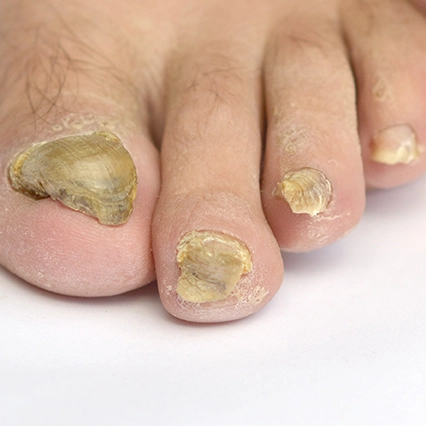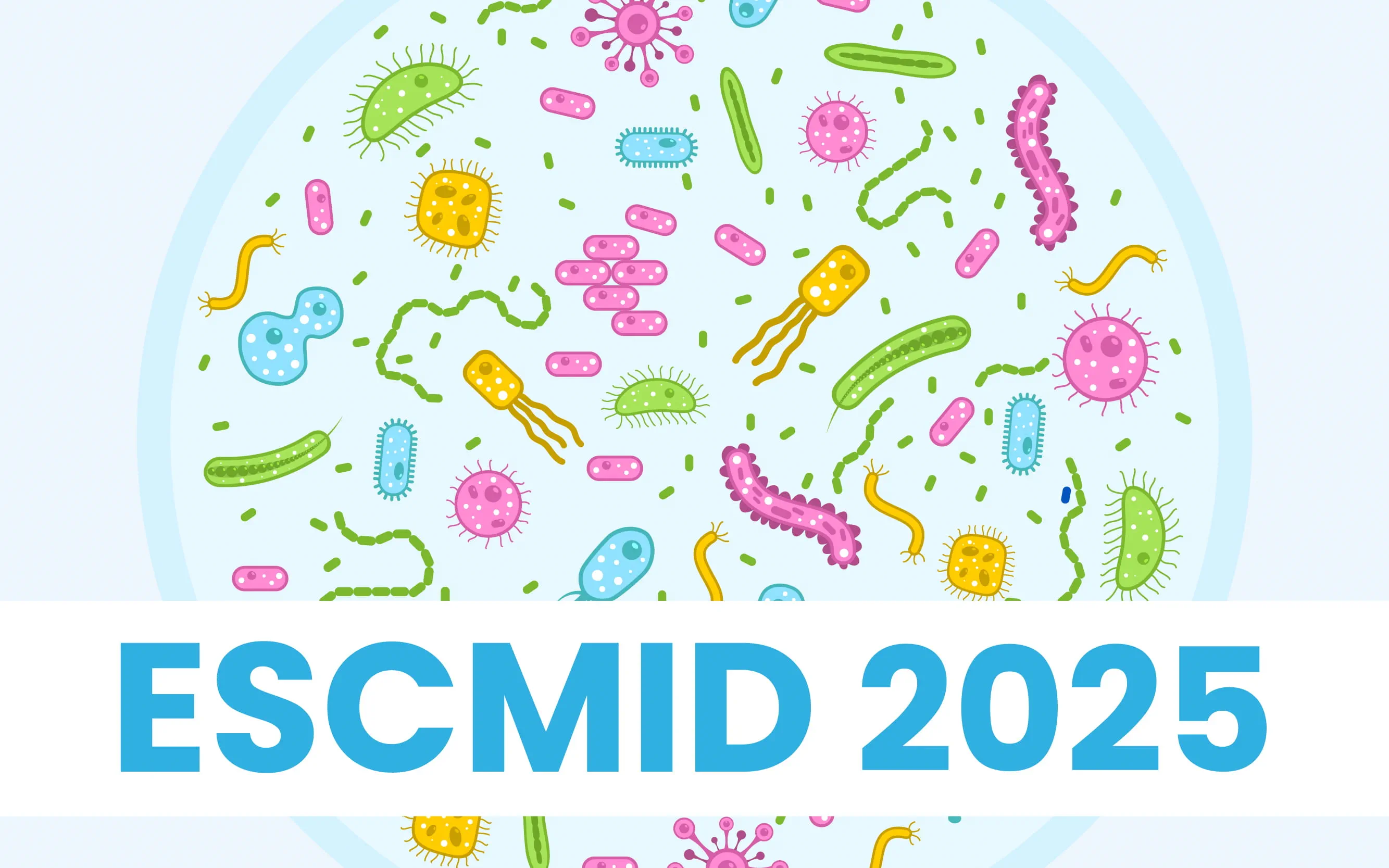EADV 2024: Recurrent, Recalcitrant Dermatophytosis: A New Treatment Modality
Speaker: Dooha Alhamdi, Iraq
Recurrent recalcitrant dermatophytosis is a superficial fungal infection confined to keratinized tissues such as skin, hair, and nails. The infection is primarily caused by three genera of fungi: Epidermophyton, Trichophyton, and Microsporum. Globally, dermatophytosis affects approximately 20-25% of the population. In the study locality, the most resistant and recurrent infections were linked to Trichophyton interdigitale, Trichophyton endothrix, and Trichophyton intergrophyte type VIII. Zoophilic species often elicit strong inflammatory reactions, sometimes resulting in spontaneous recovery, while anthropophilic species typically cause milder, more persistent lesions. The inflammatory response to dermatophyte infection parallels a delayed-type hypersensitivity reaction, and inadequate clinical responses may result from T lymphocyte defects in recognizing specific fungal antigens. Clinically, dermatophytosis typically manifests as erythematous, scaly, annular plaques with active borders. Dermoscopy often reveals erythema with peripheral white scales, brown dots, and pustules along the active border.
Recently, there has been a significant increase in cases of dermatophytosis presenting as highly inflammatory, widespread, and chronic, with suboptimal therapeutic outcomes. Various treatment modalities have been explored, including the promising combination of low-dose isotretinoin with itraconazole, although its use is limited in women of childbearing age. Additionally, a Q-switched Nd:YAG laser (1064 nm) has shown excellent results in treating localized recurrent dermatophytosis.
The current study aimed to assess the effectiveness of adding minocycline as adjunctive therapy to itraconazole in treating recurrent widespread dermatophytosis, marking the first global investigation of this treatment strategy. The prospective clinical trial enrolled 86 patients aged 18-65 years with recurrent widespread dermatophytosis, excluding those with chronic liver or renal disease, cardiac issues, pregnancy, lactation, or allergies to the treatment drugs. All patients received systemic itraconazole (100 mg/day) and minocycline (80 mg/day) for 2-6 weeks, without any topical treatments. Patients were closely monitored biweekly for clinical, dermoscopic, and microscopic cure, and follow-up continued monthly for three months. Clinical parameters assessed included erythema, scaling, and itching, rated on a scale from 0 (none) to 3 (severe), while dermoscopic evaluations focused on the presence of scales, erythema, brown dots, and pustules. Patient satisfaction was rated from 0 (not satisfied) to 2 (fully satisfied).
Results showed that 100% of the patients achieved recovery within 2-6 weeks, with the majority (40.7%) recovering after four weeks. A significant reduction in itching was observed in the first week, and male patients exhibited an earlier response with no recurrence. Additionally, 57.1% of male patients recovered after two weeks of treatment compared to 29.2% of females showing a statistically significant difference. Relapse occurred in only 3.5% of cases, and mild side effects such as dizziness, headache, and gastric discomfort were reported by 2.3% of patients. Most participants (93%) were fully satisfied with the treatment outcome.
Recent increases in dermatophytosis cases may be attributed to environmental factors such as hot, humid climates, emerging fungal species with high virulence, and domestic animals without veterinary care. Immune mechanisms, specifically T-helper cell defects and elevated inflammatory cytokines such as interleukin (IL)-1β, IL-6, IL-8, and tumor necrosis factor-α, are implicated in the persistence of these infections. In addition, sebum alterations and hormonal fluctuations, particularly in females, may contribute to chronic cases in adults.
Minocycline, known for its antimicrobial and anti-inflammatory properties, was hypothesized to synergize with itraconazole by reducing matrix metalloproteinase and inflammatory cytokines. This study demonstrated that the concurrent administration of minocycline and itraconazole led to rapid and complete recovery with a low recurrence rate and minimal side effects, confirming the potential of minocycline as an adjunctive treatment in resistant dermatophytosis.
Although itraconazole alone is considered effective for tinea corporis, the combination with minocycline warrants further exploration, and a double-blind comparative trial is currently underway. The growing incidence of resistant dermatophytosis worldwide, particularly in regions such as Pakistan, Iran, Iraq, and Syria, underscores the global significance of addressing this epidemic.
33, European Academy of Dermatology And Venereology Congress, 25-28 September 2024, Amsterdam




